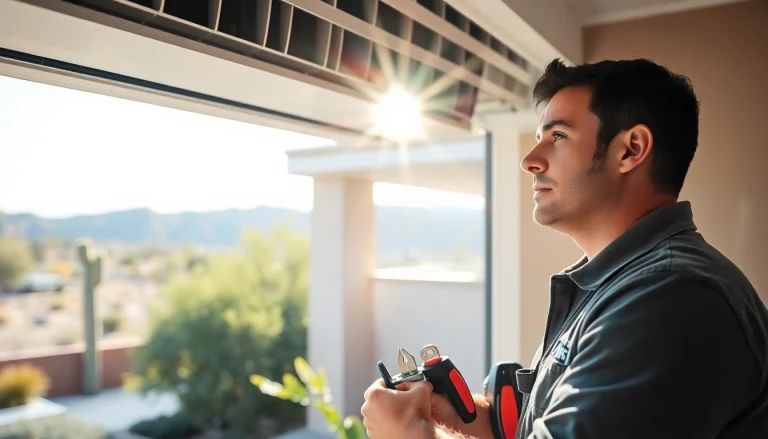
Understanding Fixed Assets Verification
In the complex realm of accounting, ensuring that an organization’s fixed assets are accurately tracked and reported is crucial for maintaining financial integrity. Fixed Assets Verification is the process that confirms the existence and condition of an organization’s fixed assets, a vital step in safeguarding the company’s physical resources and ensuring compliance with accounting standards.
What is Fixed Assets Verification?
Fixed Assets Verification refers to the process whereby a company confirms and validates the physical presence, condition, and location of its fixed assets. These assets generally include property, equipment, machinery, vehicles, and any long-term physical resources that a business utilizes to create revenue. This process involves not only checking the existence of these assets but also assessing their condition and ensuring they align with the records maintained by the organization.
Why is Fixed Assets Verification Important?
The importance of Fixed Assets Verification cannot be overstated. It plays a pivotal role in an organization’s financial health and operational efficiency. Here are several key reasons:
- Accuracy in Financial Reporting: Accurate tracking of fixed assets ensures that financial statements reflect the true condition of a company’s resources, aiding in investor relations and financial transparency.
- Fraud Prevention: Regular verification can uncover discrepancies that may indicate misappropriation, theft, or fraud, thus safeguarding the company’s assets.
- Regulatory Compliance: Many regulatory frameworks require accurate asset tracking; failure to comply can lead to penalties and damage to the company’s reputation.
- Depreciation Management: Understanding the condition of assets helps in assigning correct depreciation values, which is critical for accurate financial analysis and tax purposes.
Key Components of Fixed Assets Verification
A comprehensive Fixed Assets Verification process encompasses several components:
- Identification: Each asset must be tagged and documented to track its existence and status. This may include an asset ID, location, and responsible department.
- Condition Assessment: Regular checks must be performed to evaluate the physical state of each asset, analyzing whether they are still functional or require maintenance.
- Reconciliation: The observed data must be reconciled with the existing records in the accounting system to identify any inconsistencies.
- Documentation: Detailed records of all verification activities must be kept for auditing purposes, including the methods used and the results obtained.
Common Methods of Conducting Fixed Assets Verification
Physical Audits: Techniques and Benefits
Physical audits are the cornerstone of Fixed Assets Verification. They involve a meticulous examination of the actual assets located within an organization. Various techniques can be deployed during physical audits, such as:
- Sample Auditing: Instead of checking every asset, a random sample is chosen to reduce effort while still allowing for validity in results.
- Complete Auditing: Every asset is checked individually, which, although time-consuming, provides the highest level of accuracy.
The benefits of physical audits include:
- Ensuring the recorded assets are present and functional.
- Identifying and rectifying discrepancies between records and physical observations.
- Providing a basis for informed decision-making about asset disposal or upgrades.
Technology Solutions in Fixed Assets Verification
In today’s digital age, technology plays a crucial role in enhancing the efficiency of Fixed Assets Verification. Utilizing tools such as RFID tagging and mobile scanning applications streamlines the verification process significantly. The integration of asset management software can offer features that include:
- Real-Time Tracking: Centralized databases with real-time data inputs allow organizations to track asset movements and status continuously.
- Automated Alerts: Alerts for maintenance schedules or when assets deviate from their expected location can be vital in proactive asset management.
- Data Analytics: Advanced analytics provide insights into asset utilization, helping organizations make better financial and operational decisions.
Best Practices for Effective Verification
To ensure the efficacy of the Fixed Assets Verification process, organizations should adopt several best practices:
- Regular Audits: Regularly scheduled verification can help catch discrepancies early and maintain organized records.
- Involve Cross-Departmental Teams: Engaging various departments ensures comprehensive asset coverage and leverages different types of knowledge about asset utilization.
- Utilize Checklists: Using audit checklists can help in maintaining thoroughness and consistency throughout the verification process.
Challenges in Fixed Assets Verification
Identifying Inaccurate Asset Records
Inaccurate asset records can arise from various sources such as outdated information, improper tagging, or even loss of assets. Identifying these inaccuracies is the first step towards rectification. Regular audits and reconciliations coupled with training staff on accurate record-keeping can mitigate this issue.
Mitigating Risks During Verification
Fixed Assets Verification carries potential risks, including overlooking assets or inaccuracies due to human error. It’s essential to implement proper checks and balances, such as dual verification processes, where an independent party confirms the findings of the primary verifier.
Addressing Common Misconceptions
Common misconceptions about Fixed Assets Verification include the belief that it is a one-time process or that it is only necessary when preparing for audits. In reality, verification should be a continuous process that yields insights into the status of all physical assets regularly.
Implementing a Fixed Assets Verification Strategy
Steps to Organize a Verification Process
To successfully implement Fixed Assets Verification, organizations should follow a structured approach:
- Define Objectives: Identify what you aim to achieve with the verification process.
- List Assets: Compile a comprehensive list of all fixed assets, categorizing them as necessary.
- Develop a Schedule: Establish a timeline for the verification process ensuring that all relevant personnel are aligned with their roles.
- Engage Staff: Train personnel involved to ensure that they understand the process and its importance.
Training Staff for Effective Verification
Proper training ensures that all staff involved in the verification process understand their responsibilities and the tools they need to use. Workshops, manuals, and ongoing training sessions can be implemented to keep staff updated on best practices and new technologies.
Utilizing Audit Checklists for Accuracy
Utilizing audit checklists can streamline the verification process significantly. These lists ensure no steps are missed and that all necessary information is gathered accurately. Elements to consider in an audit checklist include:
- Verification of asset existence through tag numbers.
- Condition assessment and notes on maintenance or issues.
- Confirmation of recorded data against physical observations.
Analyzing the Results of Fixed Assets Verification
Performance Metrics to Measure Success
To evaluate the success of the Fixed Assets Verification process, organizations should establish performance metrics that might include:
- Discrepancy Rate: The percentage of assets that present discrepancies between physical audits and recorded data.
- Time Spent: Analyzing the time taken to conduct the verification against the planned schedule for efficiency insights.
- Cost Efficiency: Assessing the cost involved with the verification process relative to the company’s budget can point to areas for improved resource allocation.
Reporting and Documentation After Verification
Once verification is complete, comprehensive reporting is key. Documentation should include detailed findings, corrective actions taken, and suggestions for future audits. This written record serves not only for compliance but as a learning tool for enhancing future verification processes.
Continuous Improvement in Asset Management Processes
The process of Fixed Assets Verification should not end with a report. Continuous improvement cycles should be adopted where feedback is considered, allowing organizations to refine their processes and also their strategies for managing fixed assets effectively.






